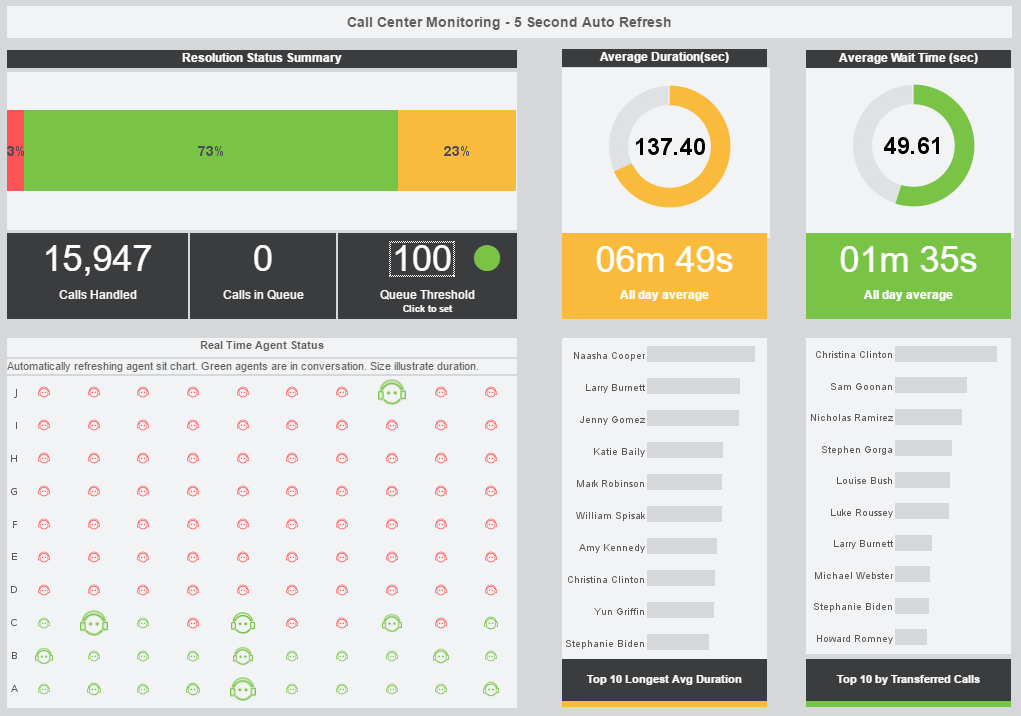Reporting Jump-Off for Analytics
This is a continuation of the transcipt of a Webinar hosted by InetSoft. The speaker is Mark Flaherty, CMO at InetSoft, and he discusses the topic “Analysis and Exploration: Matching Tools and Needs”.
Mark Flaherty: Analytics, in contrast, is a much more open-ended. There may be some boundaries, but not really. We can sum up the differences between reporting and analytics as reporting offers structured navigation to users through the data, in other words predefined drill paths, whereas analytics is much more ad hoc. Reporting is push-based. We push this information sandbox to users.
Whereas with analytics, the users go get the data on their own. And a major difference is that reports are aligned around KPIs and metrics. Someone has decided in advanced what metrics are of importance for this group of users to look at. And all the data is aligned around those in form of predefined drill paths and things like that.
Whereas with analytics, it’s very much data driven where users start with hypothesis and then they go get the data to try and prove or disprove their hypothesis about what’s going on. So in short, people who use reports are consuming information, whereas people who consume analytics are producing the information that reporting users typically use.
| #1 Ranking: Read how InetSoft was rated #1 for user adoption in G2's user survey-based index | Read More |
Having Mastered BI Tools to Deliver Reports
And when you get right down to it, I think reports really are the jumping-off point for analytics. Many of us have mastered how to use our data warehouses in our BI tools to deliver reports to users. That’s really the first step to move beyond reporting, which a lot of us now want to do, to deliver more value to the business, to exploit this information resource we so painstakingly built.
We have to take a leap of faith, like a little boy running off the diving board. And also our executives have to perhaps think in a new way because many executives don’t know that they can ask additional questions than those that they can see answered on a report. And partially that could be because they are used to making most critical decisions based on gut feel, intuition, and the use of experience, and that serves them reasonably well. In other cases, they just may not know the answers do exist somewhere in the data. Or, they have no idea how to get them or that they can actually create the resources internally to have someone get the answers for them.
So let’s talk about reports as a jumping-off point for analytics. Most every company has a website, and a typical website report will answer the question, “What was our web traffic yesterday? What pages had the most hits?” And things like that. Those are really the first questions that any executive would have. They might then want to ask: “Well, who came to the site? What were the profiles of those users? And why did they come? Were they coming to buy, to research because someone told them? Did they find some interesting information?
And if they did buy, what actually prompted them to buy, what they saw on the site when they got there, was it an ad they saw? Or was the ad in another website or in a print magazine or newspaper, or was it a referral by a friend? And if they did buy, are they actually profitable? Are they a onetime customer taking advantage of a sale? Or are they a long time customer who offers long time high value to the organization?
Read what InetSoft customers and partners have said about their selection of Style Scope for their solution for dashboard reporting. |
And if they actually bought something or at least put something in their shopping cart but, didn’t buy it, why not? What made them hesitate at the last moment? Did they feel they need do more research? Was the price too high so on and so forth? And then finally, what else could we have sold them or offered to them, once they got to that point?” So these questions are things that most executives who want to ask of the data. Many don’t because they don’t think we can deliver the answers to them.
| Previous: The Three Dimensions of Analytics |

